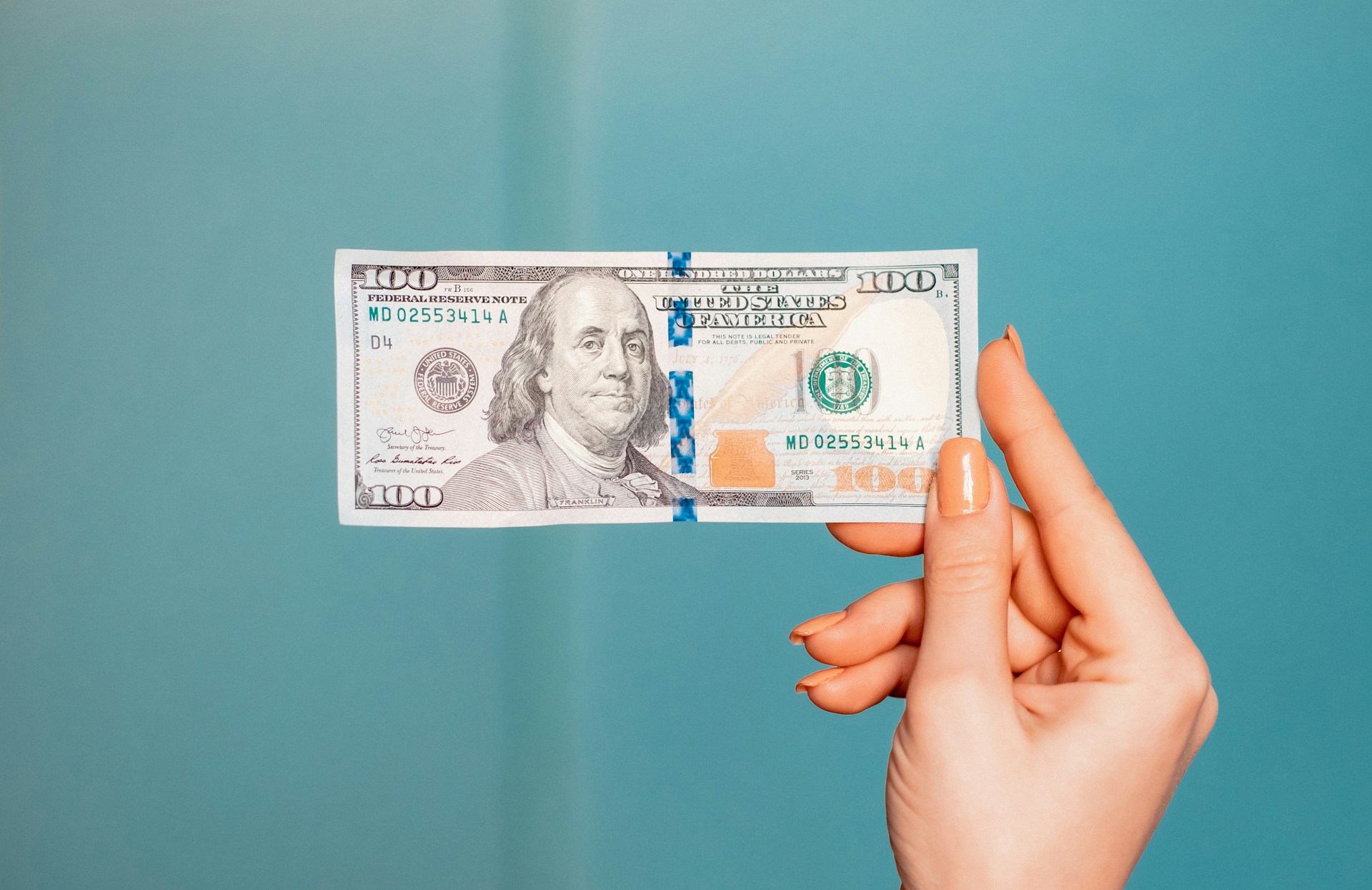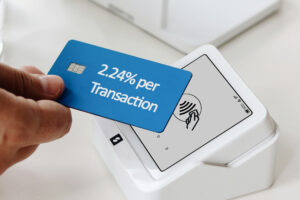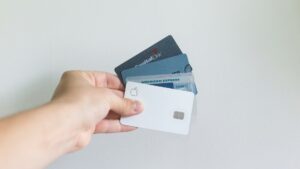If you’ve ever had a medical bill hit your account out of nowhere… or your car suddenly broke down before payday… you already know why an emergency fund matters.
But when you’re living paycheck to paycheck, the idea of setting aside money can feel impossible.
The good news? You don’t need thousands overnight. You just need a plan — and some consistency.
What Is an Emergency Fund?
An emergency fund is money set aside for unexpected, urgent expenses like:
- Car or home repairs
- Medical bills
- Job loss or reduced hours
- Emergency travel
- Appliance breakdowns
It’s not for vacations, holidays, or splurges. This is your financial safety net.
How Much Should You Save?
Start with a starter goal of $500–$1,000. That’s enough to cover most small emergencies and keep you from relying on credit cards or payday loans.
Eventually, aim for 3–6 months of basic expenses — rent, food, utilities, insurance, transportation.
Step 1: Track What You’re Already Spending
Before you save, get clear on where your money’s going.
Use:
- A budgeting app like Mint, Rocket Money, or YNAB
- A bank’s built-in spending tracker
- A notebook and a highlighter — whatever works
You’ll likely find small leaks in your spending: subscriptions you forgot about, extra takeout, or rounding errors. That’s where your emergency fund begins.
Step 2: Pick a Realistic Starting Goal
Trying to save $5,000 upfront is overwhelming. But $10 a week? That feels doable.
Start small:
- Save $25 a paycheck
- Round up purchases and stash the difference
- Automate $5/day to a savings account
You’re building a habit first — not just a number.
Step 3: Open a Separate Savings Account
Keep your emergency fund separate from your main account so you’re not tempted to spend it.
Look for:
- High-yield online savings accounts
- No monthly fees
- Easy transfers, but not too easy to touch
Bonus: Seeing your emergency fund grow in a dedicated account builds motivation.
Step 4: Use Unexpected Money Wisely
When you get extra cash:
- Tax refunds
- Bonuses
- Side gig money
- Cash gifts
…put at least a portion into your emergency fund. Even $50 here and there adds up quickly.
Step 5: Cut One Thing Temporarily
Cutting one recurring expense can free up $50–$100 a month:
- Cancel 1 streaming service
- Make coffee at home
- Pause delivery apps for 30 days
- Meal prep instead of takeout
Commit just until you hit your starter goal — you can always reassess after.
Step 6: Don’t Touch It Unless It’s a True Emergency
Ask yourself:
“Is this unexpected, urgent, and absolutely necessary?”
If it’s not, leave it alone. The peace of mind is worth more than the convenience.
Step 7: Refill It After You Use It
Emergencies will happen — and that’s exactly why you’re saving. If you dip into the fund, make a plan to start refilling it, even slowly.
Why It’s Worth It
Even a small emergency fund can:
- Keep you from going into debt
- Prevent overdraft fees or payday loans
- Give you peace of mind
- Help you sleep better at night
You’re not just saving money — you’re buying freedom from panic.
Form not found or not published.




